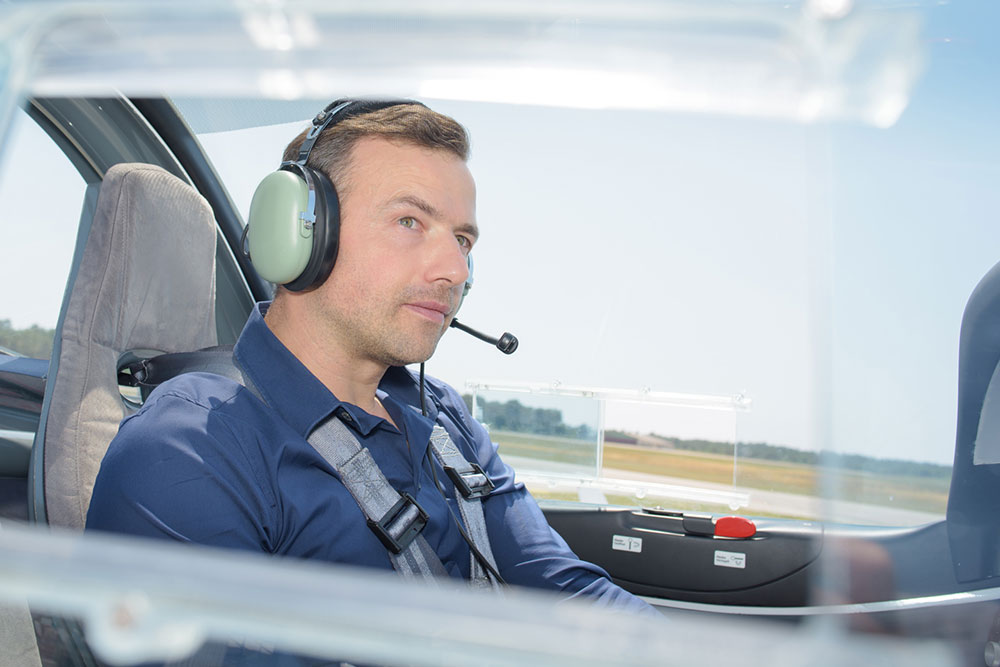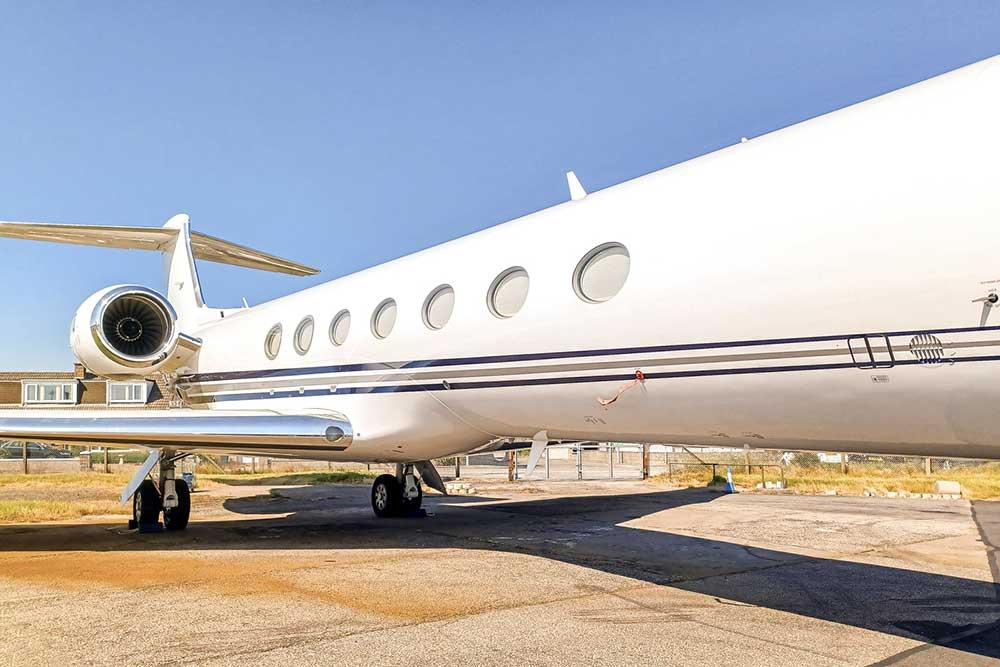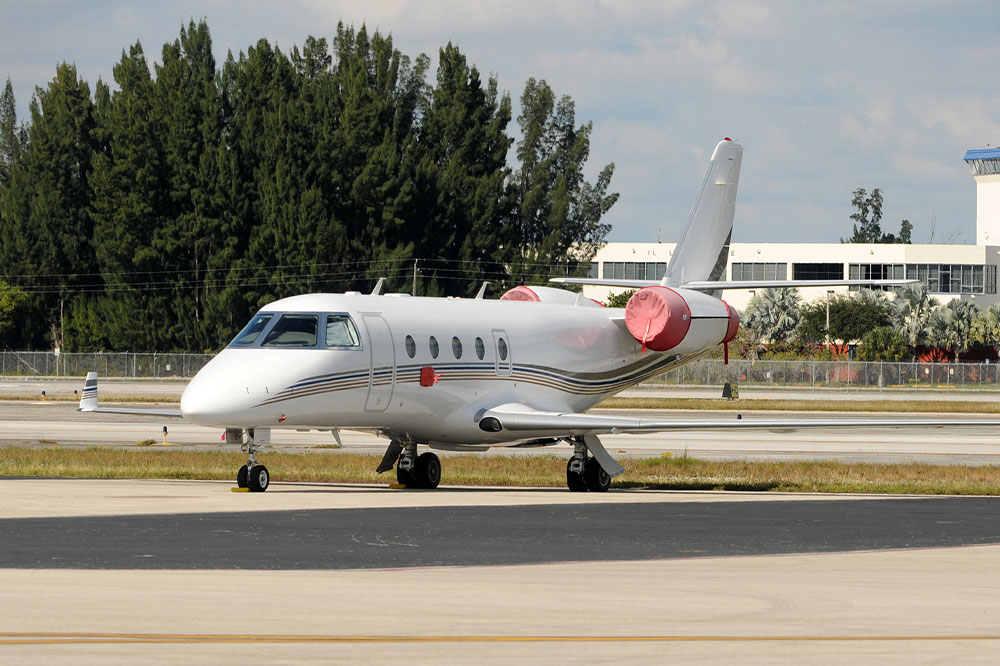Guide to Pilot Training Programs and How to Select the Right One
Discover essential pilot training programs and learn how to choose the right course for your aviation career. This comprehensive guide explains the different pilot licenses, training requirements, and expert tips to help aspiring pilots make informed decisions. Preparing carefully and understanding the options can significantly enhance your journey into the skies, opening doors to rewarding opportunities in aviation.

Embarking on a career as a pilot often begins with enrolling in a reputable flight training program at an aviation academy. These programs are rigorous and require dedicated study, but they equip aspiring pilots with the essential skills to succeed. Different training courses have unique features, so careful comparison is crucial before making a choice. Investing time in research helps in selecting the most suitable course, ensuring a smooth path toward aviation excellence.
Understanding the variety of pilot training options is vital whether aiming for airline careers, private flying, or other aviation roles.
Progression from beginner to professional pilot typically involves the following certifications:
Student Pilot: This initial stage introduces learners to navigation, aerodynamics, aircraft systems, meteorology, and aviation regulations. Applicants must be at least 16 years old and fluent in English. The training permits solo flying under supervision, without passengers or commercial operations. Completion requires passing written exams and obtaining a medical certificate to secure a student pilot license.
Private Pilot License (PPL): This certification qualifies individuals to operate non-commercial aircraft. Candidates must be 17 or older and proficient in English. Training covers navigation, aircraft handling, and emergency procedures. Licensed pilots can fly privately, carry passengers, but cannot be compensated for flying.
Commercial Pilot License (CPL): This advanced course involves learning complex aerodynamics and operating larger aircraft. Many pilots also earn an instrument rating (IR) for flying in adverse weather conditions. With a CPL, pilots can pursue paid opportunities in aviation.
Flight Instructor Certification (CFI): Trainers teach upcoming pilots both on the ground and in the air. Candidates must be over 18, fluent in English, and hold a current FAA commercial or airline transport pilot license with at least 250 flight hours. Further certifications like CFII and MEI are available for specialization.
Airline Transport Pilot (ATP): The pinnacle of pilot certification requires candidates to be over 23, with 1,500 hours of flying experience, a CPL with IR, and passing the ATP knowledge test. ATP-certified pilots can serve as captains or first officers in commercial airlines.
Tips for selecting the best pilot training program include:
Define your goals and research: Clarify your short- and long-term objectives, then identify schools and courses aligned with these aims.
Assess location and climate: Consider proximity, accessibility, and weather conditions that influence flight training schedules and experiences.
Determine your budget: Training costs vary; explore schools’ tuition fees and scholarship opportunities.
Review instructor credentials: Experienced instructors significantly impact training quality. Touring facilities and meeting staff can provide valuable insights.
Evaluate overall training quality: Speak with alumni and current students to gauge teaching standards and campus environment for an informed decision.
Starting your aviation journey with careful planning makes achieving your pilot dreams more attainable. Conduct thorough research to pick the right course and school, laying a strong foundation for a successful flying career. With proper guidance and perseverance, reaching the skies becomes an achievable goal.









